After winning The Grocer Cup last week, Group CEO Ken Murphy outlines how Tesco has changed in the nearly five years since he took on the role
It’s been almost five years now since Ken Murphy joined Tesco. And in that time it’s gone from strength to strength. Volumes are growing. The share price is at a record high. UK market share is the best since 2016. And it’s just been voted Britain’s Favourite Supermarket for the 12th year running.
Yet none of this success was guaranteed on 1 October 2020, when Murphy took on the group CEO role. Murphy was a virtual unknown in UK grocery retail circles when he was recruited from Walgreens Boots Alliance. He was also replacing Dave Lewis, whose charismatic and visionary leadership had delivered a legendary turnaround. And the UK was in the midst of a pandemic.
As Tesco emerged from those dark days, there was also a sense for some time that Murphy was just following the blueprint set out in the Lewis turnaround plan.
But as time has gone by, Murphy has not only done the basics brilliantly, he’s taken Tesco in important new directions and to ever greater heights, as it’s moved from defence against the encroachment of the discounters, to actively targeting the 30%-plus UK share it enjoyed in its heyday.
So how has Tesco changed in the past five years? And how has Murphy changed Tesco?
Modest Murphy
As the recipient of The Grocer Cup at the Gold Awards last week, the modest Murphy was at pains to stress it was “on behalf of the whole team at Tesco” when he accepted the trophy, “and a great recognition for the team of all the amazing work they have put in for customers over the last five years”.
Murphy also acknowledges “a lot of good work had been done in the previous five years, and the direction from the board was to maintain that good work, particularly culturally, to make sure we kept our feet on the ground, and became even more customer-centric.”
But there was also, as he saw it, an opportunity. Murphy felt Tesco needed to consider how to “earn its way into being more adventurous”.
“That’s how I approached it. Of course first you need to make sure you’re not slowing the business down. And remember, I joined right in the middle of Covid. It was an extraordinary time within the business, and a very proud time. The speed and the decisiveness and the customer focus of the business was something to behold. So that wasn’t the time for big change. That was the time to stay super focused on delivering for customers.
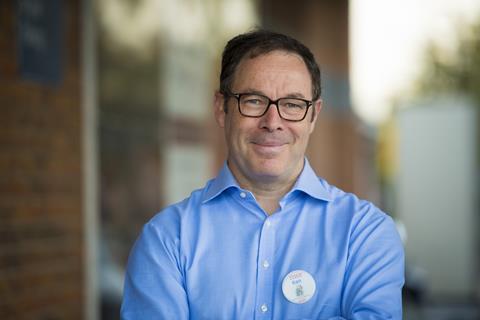
“What that time also did, though – which was actually really helpful – was it gave us a chance to think about the longer term. Because we were restricted in terms of our movements, we were able to embark on setting a three-year strategic framework for how we wanted to take the business forward.”
With his leadership team, Murphy established three key principles. The first was that “we must at least hold our gross [market] share”. The second was to move away from an operating margin obsession to become much more focused on cash optimisation “so we made the right investment decisions for the business”. And the third was to “be more ambitious about save to invest, in terms of capital investment, to allow us invest more in price.”
At the time, Tesco was still trialling various price initiatives, with around 300 products in the Aldi Price Match and just 200 items offering a new ‘loyalty’ price to Clubcard members.
“But it became evident quite quickly that these were very strong value propositions, and that we should double down and invest in them.”
In the case of Aldi Price Match, it added about 250 new products every year, “until we got up to about 700-800 products which looked like the optimal number we could guarantee low prices on for essential items”. As to Clubcard Prices, there are an estimated 8,000 items today on promotion. And together these propositions have not only transformed Tesco’s value perception, but also the use of Tesco Clubcard itself. As we will see.
A second focus for Murphy has been on quality. “We changed the structure internally, and brought in a couple of really talented people – Breige Donaghy and Dom Morrey – to lead our product development. It’s all about fresh food, and the two of them together have done a magnificent job in terms of [helping Tesco fall] back in love with food. That’s also helped drive our Finest performance, and innovation like the Finest Steakhouse range, and it’s now a £2.5bn brand.”
On the store side, Murphy also credits “a lot of work in Ireland around ‘best store in town’” in those early years, and it “brought that concept across the water”. It’s a measure of Tesco’s increased confidence that it accelerated its store opening programme last year, opening 90 new shops and refreshing 463.
Perhaps the most visible manifestation of the transformation under Murphy, however, is on the technology side. When he joined, Tesco had about 2,000 people in technology. Today, it’s over 5,000 and Murphy wouldn’t be surprised if Tesco employs 10,000 techies by the end of the decade.
In those early days a lot of technology investment was in its dotcom capability. And under Lewis the path pointed towards the rollout of ‘urban fulfilment centres’, outlining plans to open 25 by the end of 2023. But the number has stalled at seven. Instead, Tesco developed an impressive, nationwide convenience-focused Rapid Delivery capability called Whoosh. While other supermarkets have piggybacked delivery aggregators “we stood Whoosh up for a few million quid and it’s growing gangbusters for us, doubling over the last 12 months, and it’s only four years old”.
Consolidated app-roach
On the other hand Murphy has also simplified its approach. “One of the obvious things for me when I joined was that we needed to consolidate our apps into a single app. I felt we needed to drive all the traffic through one customer experience, and really focus on making the customer experience as slick as possible, and then trade people into as many different propositions as they were interested in through the app. That’s the journey we’ve been on over the last couple of years.”
It’s been a huge success. Since 2020 the number of Clubcard members has increased from 14 to 23 million. And usage of the app has increased from two million to “14 or 15 million”. It’s then used the opportunity to personalise for those customers and be even more relevant for them – whether through the launch of Clubcard Challenges last year, or its current trials of Your Clubcard Prices.
“It’s become the glue around which we want to build all of our propositions. And the digital relationship has really taken over from the physical one, [as] your coupons and vouchers come through the app, and you can literally clip them to your card electronically in seconds. Probably the most important change, however, is our personalisation journey. We’re looking to make Clubcard much more relevant, to filter out the noise and the spam effect of loyalty, and make it more focused on what’s important to [customers]. And we have seen fantastic results: a 50% increase in our loyalty activities, and the return for our suppliers has improved dramatically as a consequence, and that’s even before we landed the new Adobe customer data platform, which will allow us to more proactively send push notifications to customers based on their individual interests.”
Name: Ken Murphy
Role: Group Chief Executive, Tesco
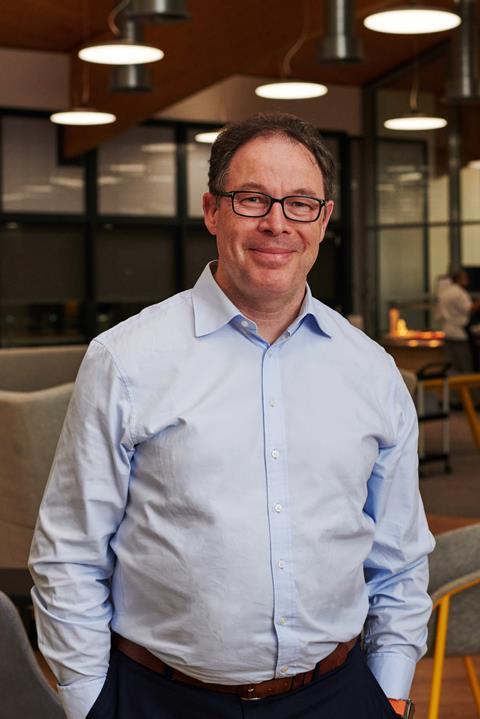
Place of birth: Cork, Ireland
Family: Married with three children
Education: University College, Cork
Lives: Dublin and London
Potted CV: Qualified as an accountant at Coopers & Lybrand. First FMCG job was at Procter & Gamble before joining Alliance UniChem, which later became part of Boots. Was managing director of Health and Beauty, International and Brands at Boots and later became chief commercial officer and president of Global Brands at Walgreens Boots Alliance.
How do you relax? Cycling and golf
Favourite holiday: Japan
Favourite film: Avatar
Favourite album: The Cure’s Disintegration
Favourite food: A Meal Deal!
Favourite tipple: Guinness
Where and how do you shop? Tesco, either in store, online or using Whoosh
Marketplace
This single customer view also emboldened Tesco to have another crack at the marketplace model. The old Tesco Direct launched in 2012 but was closed by Lewis in 2018, as there was said to be no prospect of it ever being profitable. Since Tesco Marketplace opened, however, it’s proved a huge success, with 600,000 SKUs on the site within 12 months of its June launch.
The initial ambition for Tesco Marketplace was “modest”, Murphy admits. “As we went through our range optimisation programmes, we no longer had that long tail of niche products and felt it was important to have a platform to provide those products to customers, to kind of extend the aisles, and use it as a bit of an incubator for small businesses that want to grow their products – while giving us a more cost-effective way to check people’s appetite further as we got into it.”
But with the platform half built, “we realised this is a much bigger opportunity, that demand was much broader. So we said we needed to take this even more seriously and have gone on a more ambitious journey technologically and thought more expansively”.
Murphy has “lots of reasons to believe” it will work. “First it’s going to be driven through the same app as our grocery home shopping experience. So you’re exploiting the fantastic penetration we already have. Second there is a trust in the Tesco brand. Third it obviously will attract Clubcard points, so it will expand the stickiness of Clubcard as a platform.
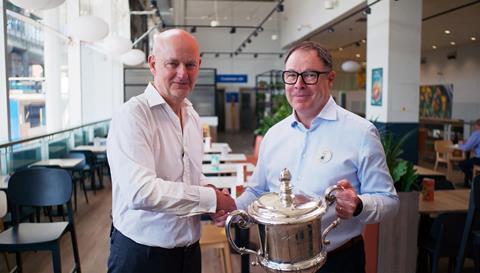
“We also offer a human interaction. If you’re not happy for any reason, someone can return the product to our stores, and I think that’s a point of difference. And last, we will look to be a bit more curated than some of the other marketplaces. We don’t want it to be a free throw. We want there to be a lot of choice, but not endless choice. And we want to try and maintain that quality.
“So I don’t think there is any guarantee we will win, but when we make bets, we tend to stick to them, and we work them until they work. Like our grocery home shopping service. We’ve now been 25 years in the online grocery home shopping business, and we’ve probably got the best market share we’ve ever had.”
Another important development has been the transformation of Tesco’s retail media arm. Tesco Media & Insights – which launched in 2021 – has been massively upscaled, with the number of digital ad screens in Tesco stores trebling to 6,000 in 2024 – making it Europe’s largest retail digital ad screens estate.
“We’re really pleased with how Tesco Media is performing,” says Murphy. “It has been a huge team effort – across both Tesco and Dunnhumby. Last year, we delivered over 9,000 retail media campaigns with nearly 700 supplier partners, and I’m proud to see the momentum and the wider recognition the team is getting. It’s a growing market and we’re excited about the role we have to play in leading it.”
More Big Interviews:
-
Maria Chong on why fun is key to Lee Kum Kee’s evolution
-
BrewDog CEO James Taylor: ‘I don’t think BrewDog has an image problem’
-
Andrew Howard: Beechdean’s pedal-to-the-metal ice cream man
-
Little Dish’s Hillary Graves: on the right side of the childhood obesity debate
In the past five years Tesco’s capex has nearly doubled – almost all of it in technology – but Murphy is clear Tesco’s investment has only just started, with the advent of AI set to act as a further catalyst.
“We see the AI revolution, and it is a revolution, absolutely transforming how we do business. It’s hugely important in almost everything we do, and it helps us in everything from optimising for summer days like today when we have to make sure we have enough strawberries and cream in the shops, to being increasingly intuitive about what customers want and where they want.”
Among the biggest opportunities he highlights is its ability to make coding and writing technology programs more efficient. “It’s now writing 10%-20% of all code. It’s able to test that code and validate that code. A lot of the AI companies claim that in a couple of years, they’ll be able to take old code like Cobol, Fortran, all these old languages, and automatically upgrade them to the latest technology languages like Python. That will transform a lot of legacy businesses who would have struggled to catch up with the latest technology, which all of a sudden will allow them to leapfrog into the 21st century. So it’s pretty exciting.”
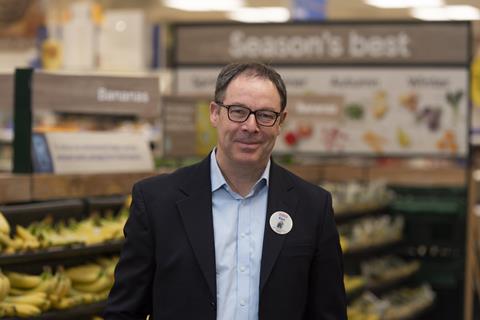
Colleagues and communities
The other important focus under Murphy has been the more balanced approach to stakeholder management. It’s delivering not just for customers and shareholders, but for colleagues – with record pay awards and enhancements to benefits. It’s delivering for suppliers through partnerships focused on volume growth. It’s delivering for communities, with £13m invested in grants to 12,200 projects under its Stronger Starts initiative (introduced in July 2023). And rather than closing its 300-plus cafés and coffee shops, Tesco plans to open and refurbish more, says Murphy. “Over a third of our customers go into our cafés on a weekly basis, and they serve an important function.” They also support programmes like Tesco’s Kids Eat Free scheme and Armed Forces Day initiative.
Since 2022, Tesco’s board has also committed to linking executive pay to sustainability targets, while only last month Murphy lobbied the government to introduce mandatory health reporting.
As Murphy says: “We don’t see ourselves as the biggest retailer. We try to see ourselves as the leader. We believe leadership doesn’t come with a set of stripes. It comes with a set of obligations and responsibilities, and we are leading by example, trying to do the right thing when it matters, and particularly when it matters to customers and colleagues. Because, with over 300,000 colleagues, and their belief that we are a business invested in them and their communities, you lose the glue.” Glue again. It’s a sticky place, Tesco.




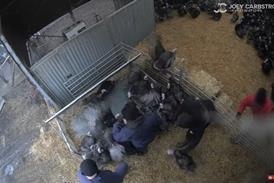



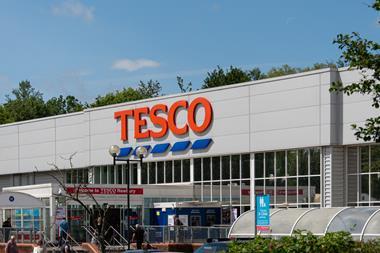

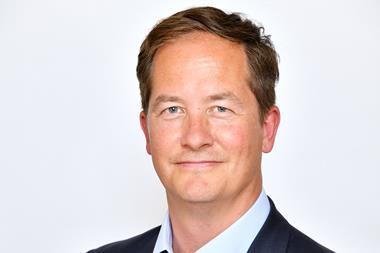
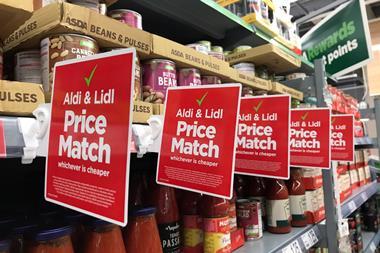
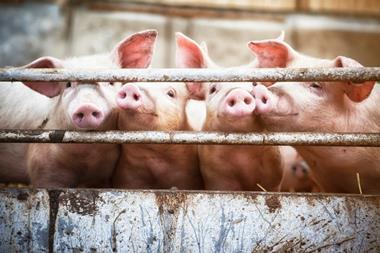

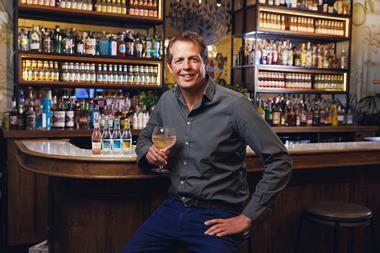
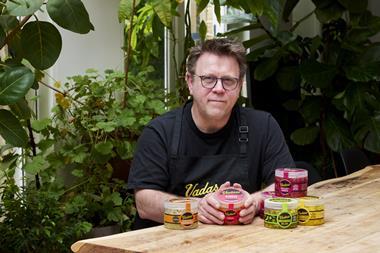
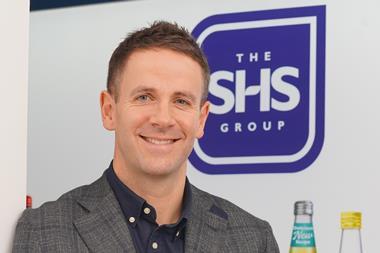
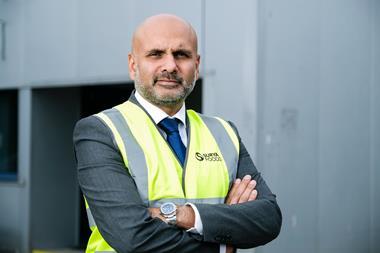
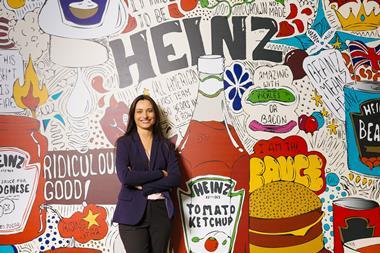
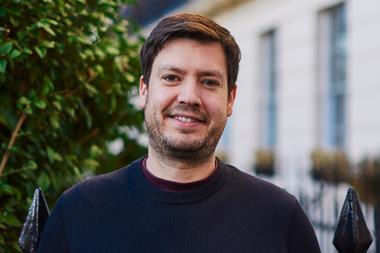
No comments yet